Weddings around the world are filled with diverse customs, each reflecting the culture and traditions of the country. From symbolic gestures to elaborate celebrations, wedding traditions in different countries showcase the beauty of love and commitment in various forms. Let’s explore some of the most fascinating wedding customs worldwide.
Italy: A Wedding of Luck and Prosperity
In Italy, weddings are deeply rooted in traditions believed to bring luck and prosperity. The most auspicious day to get married is Sunday, as it is said to promise lifelong happiness. Conversely, Fridays and Tuesdays are avoided due to old superstitions. The bride traditionally wears a white dress and veil to ward off evil spirits, while the groom carries a small piece of iron as a protective charm. After the ceremony, the newlyweds break a vase together, and the number of fragments is thought to represent the years of happiness they will share.
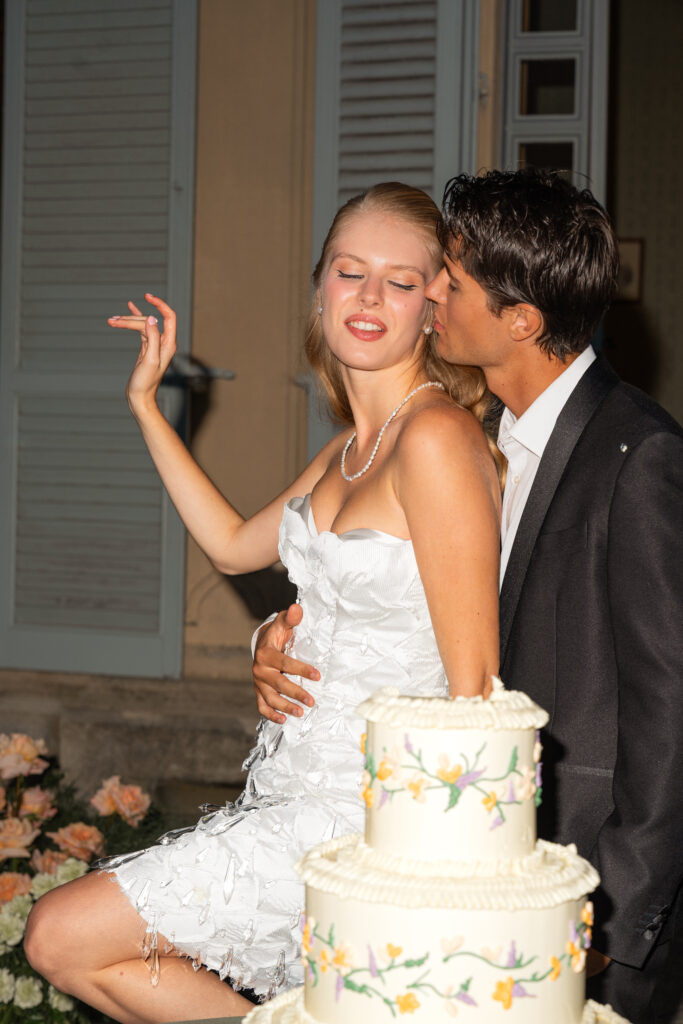

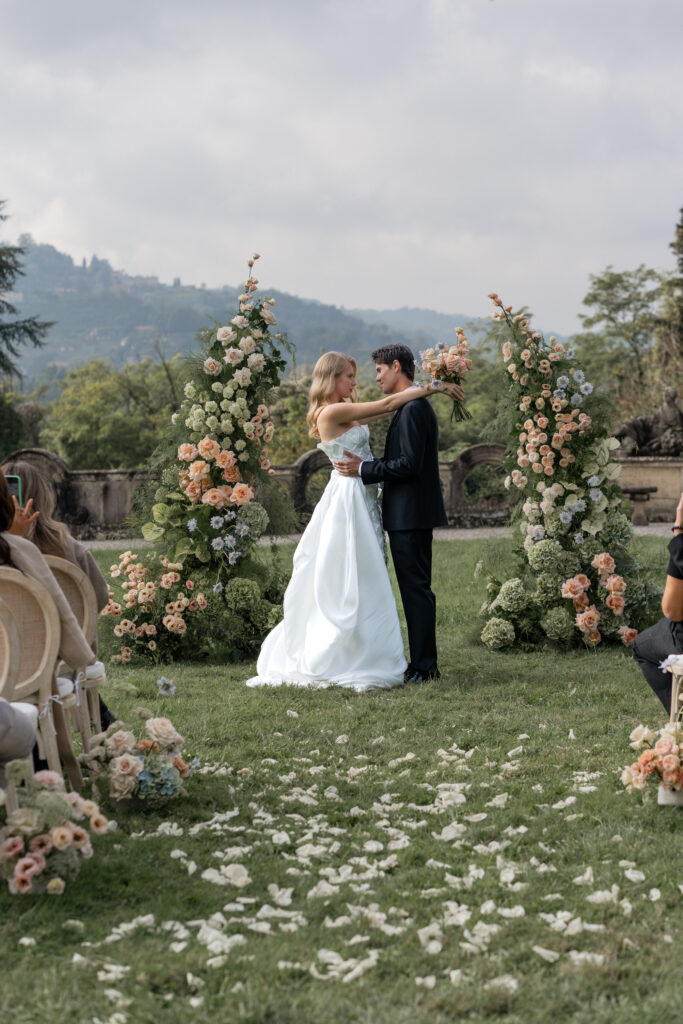
Another significant aspect of wedding traditions in different countries is the Italian wedding feast. The celebration includes multiple courses featuring classic dishes like seafood, pasta, and roasted meats, accompanied by local wines and liqueurs. Guests often gift money in small envelopes, known as “busta,” to support the couple as they start their new life together.
China: The Symbolism of Red and a Grand Banquet
Chinese weddings are rich in symbolism, with red being the predominant color, representing joy, luck, and prosperity. Traditionally, the bride wears a red silk dress called a “qipao,” adorned with intricate golden embroidery. The wedding date is chosen with great care, often determined by an astrologer to ensure a prosperous union. A crucial pre-wedding ritual is the “tea ceremony,” where the bride and groom serve tea to their elders as a sign of respect and gratitude.
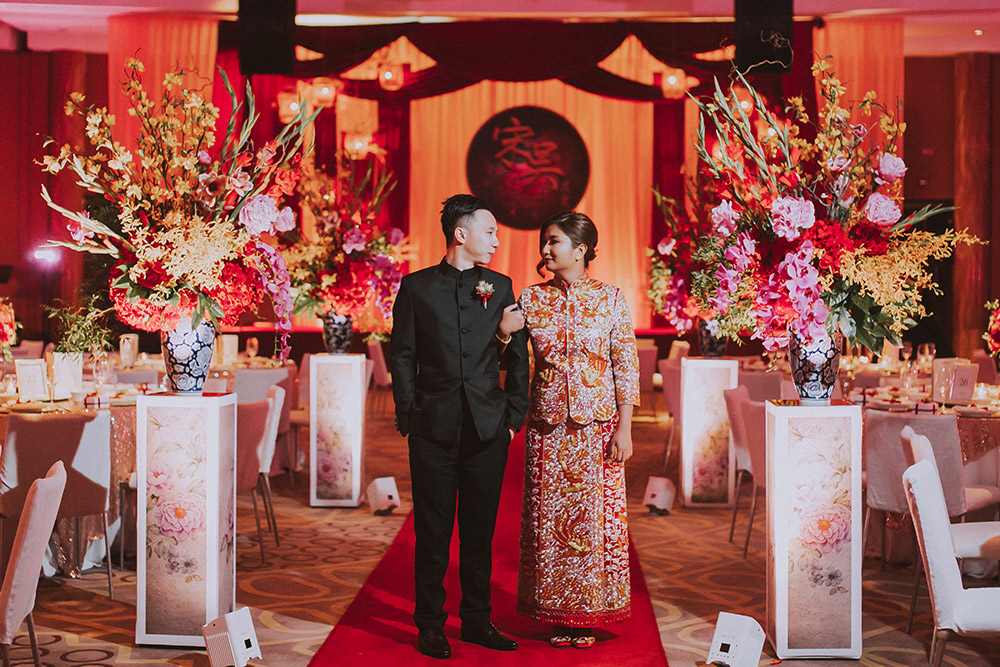
A significant part of wedding traditions in different countries includes grand wedding feasts, and in China, the banquet is a lavish affair. Guests are treated to multiple courses featuring delicacies such as shark fin soup, bird’s nest soup, and fresh seafood. Entertainment includes traditional lion dances and musical performances meant to bring joy and drive away negative energy.
Wedding Traditions in Mexico: A Celebration with Music and Tradition
Mexican weddings are known for their vibrant atmosphere, filled with music, dance, and deep-rooted traditions. One of the most cherished customs is the “lazo” ceremony, where a decorative cord or rosary is placed around the couple’s shoulders in a figure-eight shape, symbolizing eternal unity. A “money dance” is also common, where guests pin money onto the bride’s dress to help the newlyweds start their life together.
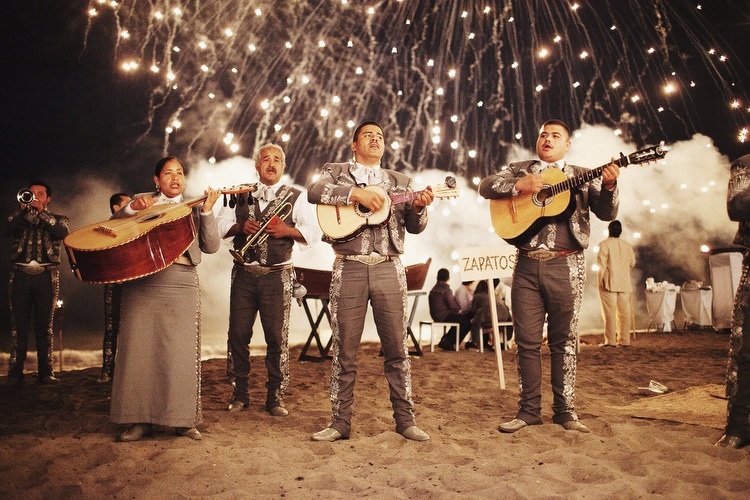
The inclusion of lively mariachi bands makes Mexican wedding traditions in different countries particularly festive. The joyous celebration is incomplete without traditional dances, delicious food like tamales and enchiladas, and a grand fiesta that continues late into the night.
Wedding Traditions in Poland: A Wedding of Blessings and Prosperity
In Poland, weddings are often multi-day celebrations filled with heartfelt traditions. Before the ceremony, the groom visits the bride’s house with his parents to receive a blessing for the marriage. The couple then enters the church together, accompanied by their parents and witnesses. After the vows, guests shower the newlyweds with rice or coins, symbolizing prosperity and good fortune.

As seen in wedding traditions in different countries, Polish receptions are lively and involve unique customs. One such tradition is the “oczepiny” or unveiling ceremony, where the bride removes her veil at midnight, marking her transition to married life. Guests also participate in an energetic “money dance,” where they pay to dance with the bride as a fun way to offer financial support.
Wedding Traditions in Germany: Breaking Porcelain for Good Luck
German weddings feature the traditional “Polterabend” celebration, where guests break porcelain dishes on the couple’s doorstep. It is believed that the sound drives away evil spirits and that cleaning up the shards together demonstrates the couple’s teamwork and resilience. Additionally, newlyweds often saw a log in half during the reception, symbolizing their ability to overcome obstacles together.
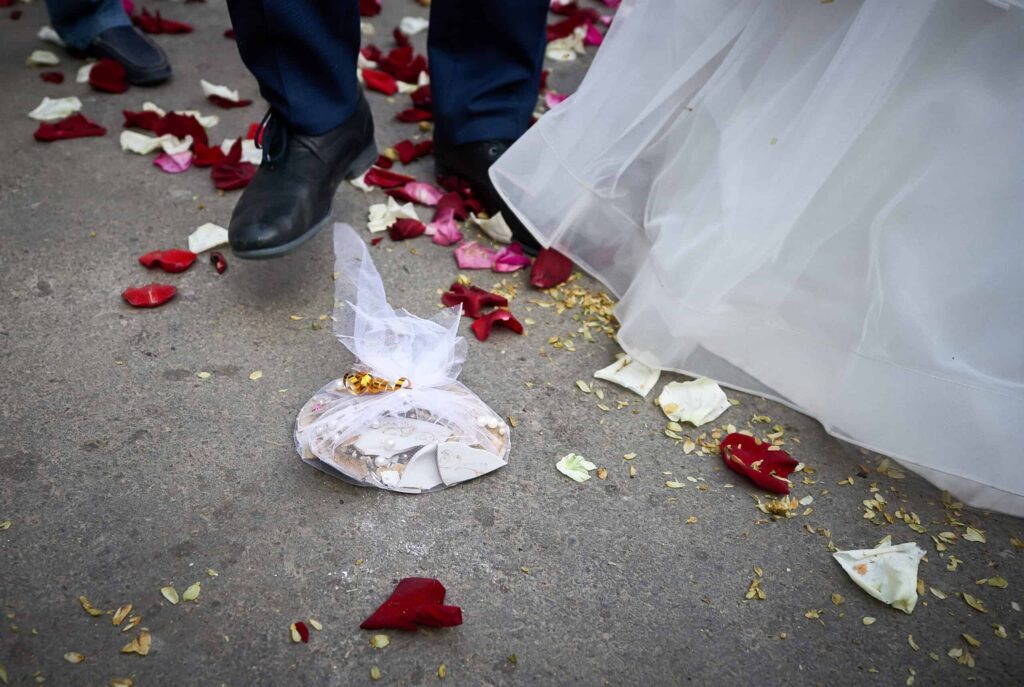
In exploring wedding traditions in different countries, German weddings emphasize symbolic gestures that strengthen the couple’s bond. From playful pranks to heartfelt speeches, each tradition carries deep cultural significance, making the wedding a memorable event for all.
Greece: A Festive and Symbolic Celebration
Greek weddings blend ancient customs with modern festivities. A playful yet symbolic tradition involves the bride stepping on the groom’s foot during the ceremony, asserting her influence in the marriage. Guests also partake in the tradition of smashing plates on the floor to bring joy and prosperity to the couple.
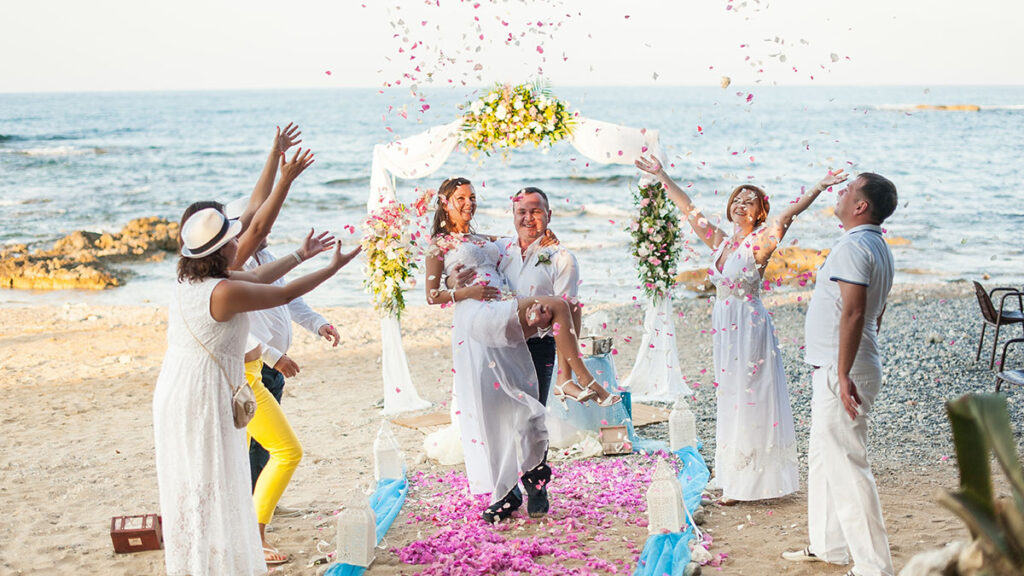
The role of dance and music in wedding traditions in different countries is evident in Greek weddings. The lively “sirtaki” and “kalamatianos” dances bring everyone together in celebration, creating an atmosphere of love and happiness that extends well beyond the wedding day.
Scotland: Strengthening Bonds Through Rituals
In Scotland, a unique pre-wedding ritual known as “blackening” takes place, where friends and family douse the bride and groom in substances like soot, flour, and feathers. While messy, this tradition is believed to prepare the couple for the challenges of marriage and strengthen their resilience.

Scottish wedding traditions in different countries highlight the importance of symbolic acts. The tradition of handfasting, where the couple’s hands are bound together with cloth, represents their commitment and unity, a practice that has inspired modern “tying the knot” ceremonies worldwide.
India: Playful Traditions and Lavish Celebrations
Indian weddings are known for their grandeur and colorful customs. A fun tradition involves the bride’s female relatives stealing the groom’s shoes during the ceremony. The groom must then negotiate their return, often through playful bargaining and cash offerings.
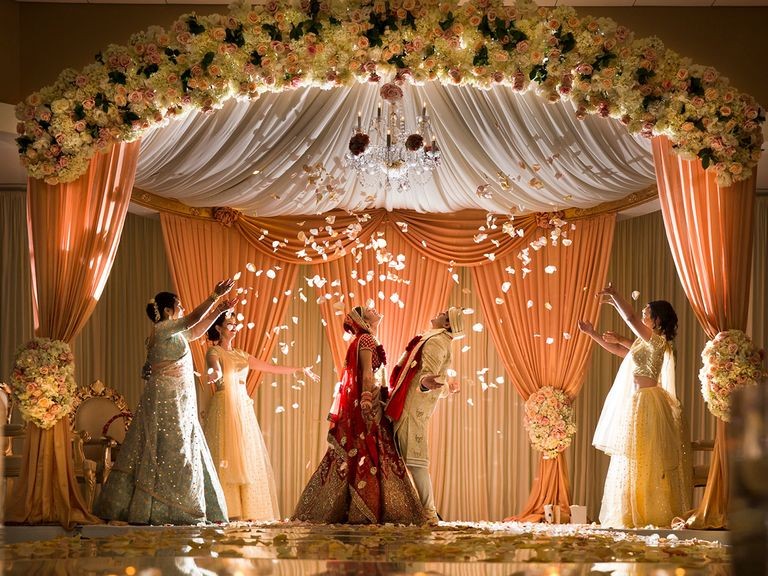
As seen in wedding traditions in different countries, Indian weddings are a blend of festivity and symbolism. Rituals like the “saptapadi” (seven steps around the sacred fire) and “mehendi” (henna application) hold deep cultural significance, ensuring that the celebration is not just about love but also about tradition and spirituality.
Wedding traditions in different countries showcase the unique ways cultures celebrate love and commitment. Whether through symbolic rituals, grand feasts, or playful customs, each tradition adds a distinctive charm to the wedding day. Exploring these diverse customs highlights the richness of global heritage and the universal joy that weddings bring to couples and their loved ones.

